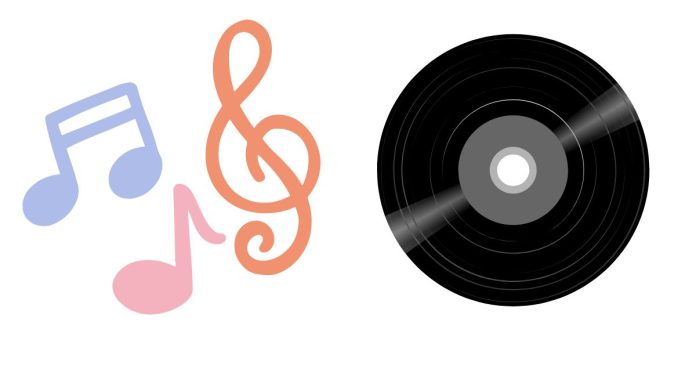What Does “MP” Mean in Music? A Guide to Understanding Musical Dynamics
If you’ve ever looked at a piece of music and noticed the letters “mp” written above a passage, you might have wondered what it means. In music notation, dynamic markings are essential for guiding the performer on how loudly or softly to play. These markings help convey the emotional depth and intensity that the composer intended.
One such dynamic marking is “mp,” which stands for mezzo piano—an Italian term that translates to “moderately soft.” In this post, we’ll explore what “mp” means in musical terms, how it fits into the spectrum of dynamic markings, and why it’s important for musicians to interpret it correctly.
The Basics of Musical Dynamics
Musical dynamics refer to the volume of sound in a musical performance. Dynamics guide musicians on how to approach different passages of music, creating contrasts between sections and helping to convey emotion and expression. Some of the most common dynamic markings you’ll encounter in sheet music are:
- p (piano) – Soft
- mp (mezzo piano) – Moderately soft
- mf (mezzo forte) – Moderately loud
- f (forte) – Loud
- ff (fortissimo) – Very loud
- pp (pianissimo) – Very soft
- fff (fortississimo) – Extremely loud
What Does “MP” (Mezzo Piano) Mean?
“MP” stands for mezzo piano, which is an instruction to play the music moderately soft. It’s softer than “piano” (which simply means “soft”), but not as soft as “pianissimo” (very soft). It’s a dynamic that’s in the middle of the soft range and serves as a subtle way to adjust the volume.
In other words, when you see “mp” in the score, you should play with a softness that is still clearly audible, but with a gentle, subdued quality. This dynamic is often used in music to create a sense of calm, intimacy, or restraint, without the extreme quietness of “pianissimo.”
Why Are Dynamics Like “MP” Important?
Dynamics add richness and variation to music, transforming a simple melody into something expressive and emotional. A piece of music can sound very different when played softly versus loudly, and musicians rely on dynamic markings like “mp” to guide their interpretation of the score.
For example, if a composer writes a passage with “mp,” they may want to convey a feeling of quiet contemplation, subtlety, or elegance. Playing too loudly might make the music feel harsh or out of balance, while playing too softly might make it lose its presence. The “mp” marking strikes a delicate balance between the extremes of loud and soft, helping to maintain the musical flow.
How to Interpret “MP” in Performance
When performing music marked with “mp,” it’s important to aim for a moderate level of softness that’s still clear and musical. Here are some tips for interpreting “mp”:
- Control your volume: While it’s tempting to play too softly in response to the “mp” marking, aim for a controlled sound that’s not drowned out by other instruments or the surrounding environment.
- Maintain clarity: Even though “mp” is softer than “piano,” it doesn’t mean the notes should be whispered. The melody and rhythm should still come through clearly.
- Use dynamics in context: Consider the overall dynamic structure of the piece. “MP” may be followed by louder or softer sections, so always think about how your “mp” fits into the larger picture of the music.
Conclusion
In summary, “mp” in music stands for mezzo piano, which means “moderately soft.” This dynamic marking instructs performers to play at a volume that is softer than “piano” but not as quiet as “pianissimo.” By understanding and interpreting dynamics like “mp,” musicians can bring depth, nuance, and emotion to their performances, enhancing the listener’s experience and staying true to the composer’s intentions.
So the next time you encounter “mp” in your sheet music, remember to play with a soft, yet clear touch—finding that perfect balance between volume and expressiveness!
Related posts:
- What does ringing in the ears mean spiritually?
- What Colors Do Blue and Green Make?
- How Long Does Raw Chicken Really Last in the Fridge?
- What are some amazing and memorable Valentine’s Day ideas that will leave a lasting impression?
- What is the definition of ‘friends with benefits?
- What is the difference between a bachelor’s and a degree?


